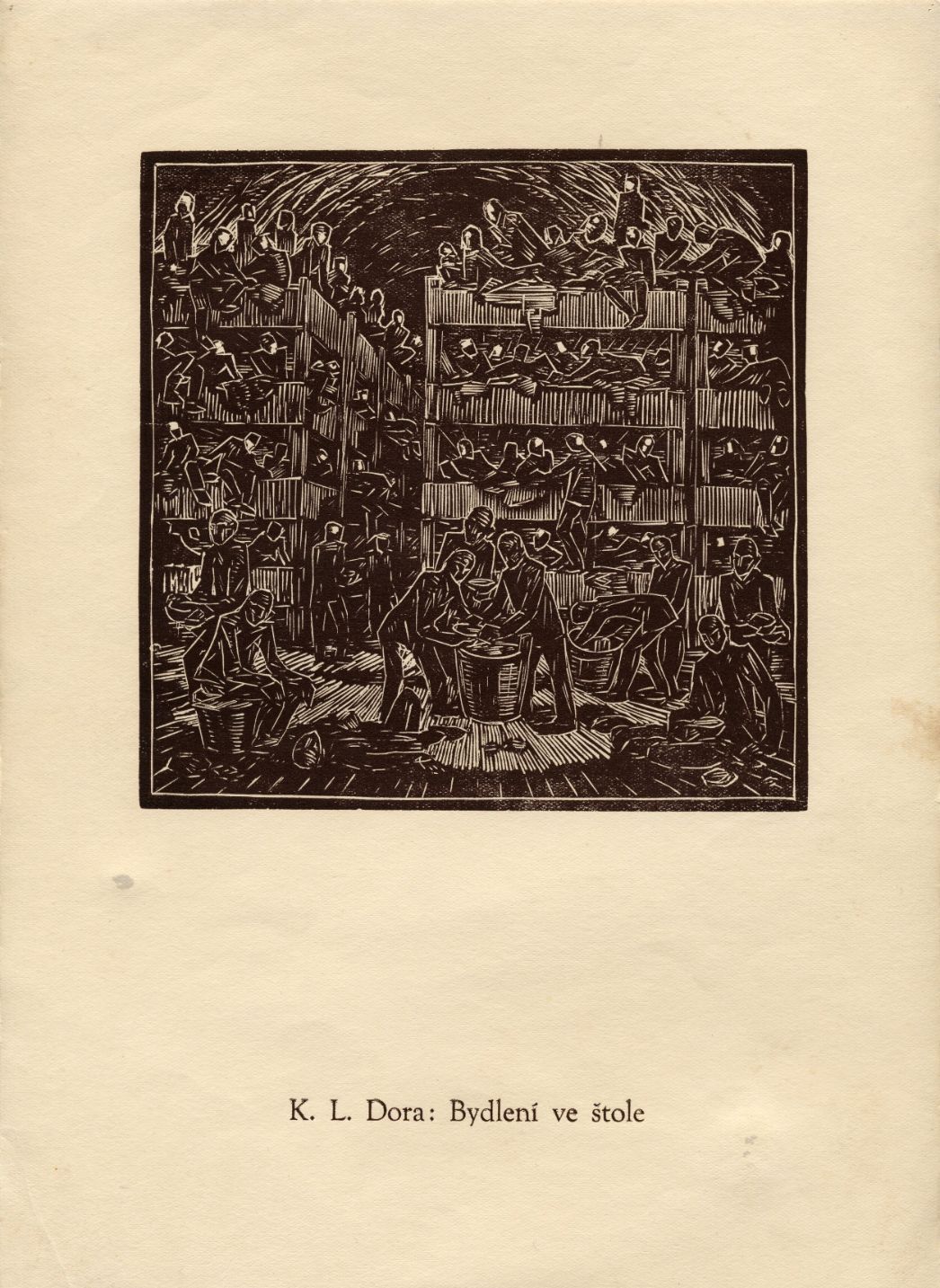
On August 28, 1943, a mere ten days after the air attack on Peenemünde, the first 107 concentration camp inmates arrived at the Kohnstein near Nordhausen with their SS guards. A new subcamp of Buchenwald Concentration Camp was thus founded: the Arbeitslager Dora (Dora labour camp), as it was officially designated by the SS. In the weeks and months that followed, further inmate transports arrived from Buchenwald almost daily. By the end of September 1943, there were already more than 3,000 concentration camp inmates in the Kohnstein, by the end of October more than 6,800 and by Christmas 1943 more than 10,500.
In the initial months, most of them were put to work doing heavy construction and transport labour for the completion of the underground rocket plant. This task had priority over the construction of the aboveground
A large number of inmates, the majority of them Russians, Poles and French, did not survive the wretched months of the tunnel construction phase. Between October 1943 and March 1944, nearly 2,900 inmates died in Dora. A further 3,000 dying inmates were transferred to Lublin-Majdanek and Bergen-Belsen Concentration Camps in the spring of 1944. Hardly any of them survived.

